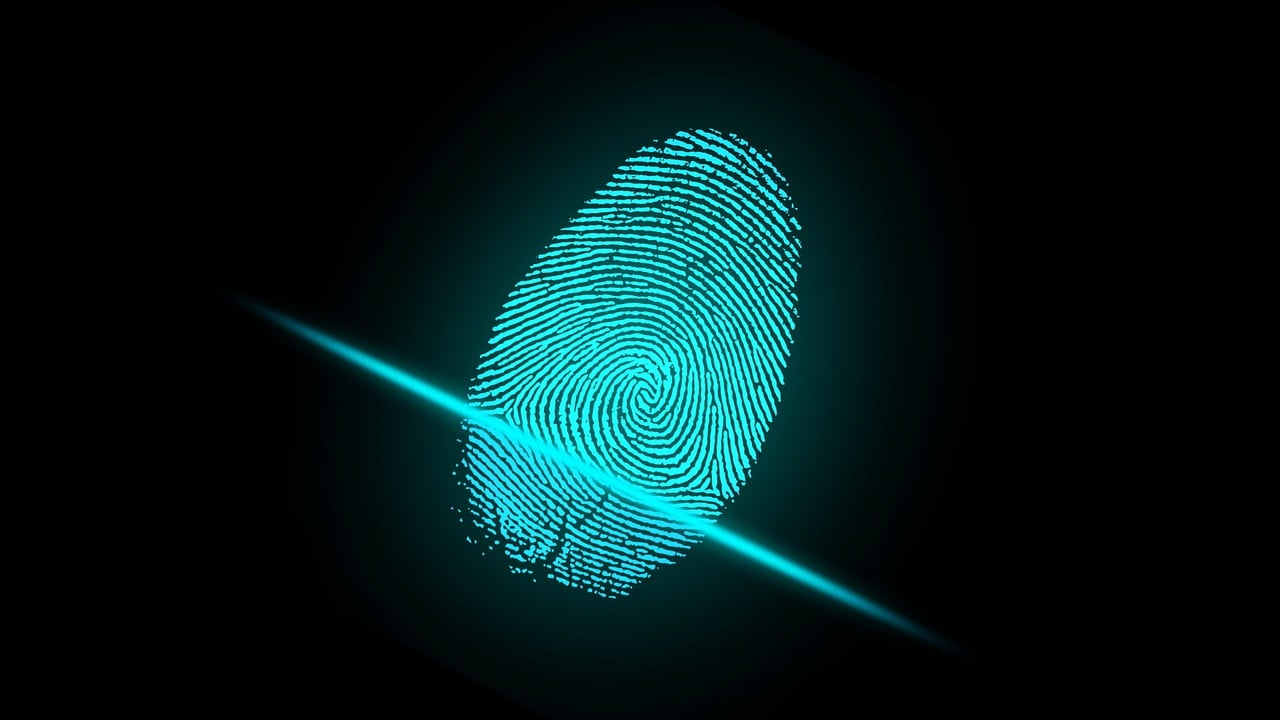In the digital age, where data breaches and identity theft are prevalent, organizations are increasingly turning to biometrics as a secure and reliable method of authentication. Biometrics refers to the measurement and analysis of unique physical or behavioral characteristics, such as fingerprints, facial features, iris patterns, voice, or even typing patterns, to establish an individual's identity. In this blog post, we will delve into the world of biometrics, exploring its benefits, various biometric modalities, applications across industries, and the challenges associated with its implementation.
The Benefits of Biometrics
a. Enhanced Security: Biometrics provides a higher level of security compared to traditional authentication methods like passwords or PINs. Biometric traits are unique to individuals and are difficult to replicate or forge, making them highly secure and reliable.
b. Convenient and User-Friendly: Biometric authentication eliminates the need for remembering complex passwords or carrying physical tokens. Users can easily and conveniently access systems or devices by using their biometric characteristics, streamlining the authentication process.
c. Non-Transferable and Non-Repudiable: Biometric traits cannot be easily shared or transferred, unlike passwords or access cards. This ensures that the person who provides the biometric sample is the legitimate owner, reducing the risk of identity theft or fraud.
Common Biometric Modalities
a. Fingerprint Recognition: Fingerprint biometrics analyzes the unique patterns and ridges on an individual's fingertips to verify their identity. It is one of the most widely adopted biometric modalities due to its accuracy and ease of deployment.
b. Facial Recognition: Facial biometrics uses facial features, such as the distance between the eyes or the shape of the face, to identify individuals. It has gained popularity in various applications, including device unlocking, surveillance systems, and identity verification.
c. Iris Recognition: Iris biometrics examines the unique patterns in the iris of the eye to establish identity. The intricate and stable nature of iris patterns makes it a highly accurate and secure biometric modality.
d. Voice Recognition: Voice biometrics analyzes the characteristics of an individual's voice, such as pitch, tone, and speech patterns, for authentication purposes. It is commonly used in telephone banking, call centers, and voice-controlled systems.
e. Behavioral Biometrics: Behavioral biometrics analyzes patterns in an individual's behavior, such as typing rhythm, mouse movements, or gait, to verify their identity. It offers continuous authentication and is particularly useful in fraud detection and prevention.
Applications of Biometrics
a. Access Control: Biometrics is widely used for secure access control in various environments, including physical access to buildings, restricted areas, and secure facilities.
b. Mobile Devices and Payments: Many smartphones and tablets now incorporate biometric authentication, such as fingerprint or facial recognition, for unlocking devices or authorizing mobile payments.
c. Financial Services: Biometrics plays a crucial role in enhancing security in financial services, including banking transactions, ATM withdrawals, and mobile banking applications.
d. Border Control and Travel: Biometric-based systems, such as e-passports and facial recognition at airports, enable efficient and secure border control processes, enhancing traveler safety and identity verification.
e. Healthcare: Biometrics is utilized in healthcare settings to ensure secure patient identification, access control to medical records, and medication dispensing.
Challenges in Biometric Implementation
a. Privacy Concerns: Collecting and storing biometric data raises privacy concerns, as it involves capturing and storing individuals' unique physical or behavioral characteristics. Robust privacy measures and compliance with data protection regulations are essential.
b. Security Vulnerabilities: Biometric systems are not entirely immune to security vulnerabilities. Hackers may attempt to spoof or deceive biometric sensors, emphasizing the need for advanced anti-spoofing techniques and liveness detection mechanisms.
c. User Acceptance and Usability: Biometric systems should be user-friendly and seamlessly integrated into existing workflows to ensure user acceptance. Factors such as accuracy, speed, and ease of use are crucial for successful adoption.
Conclusion
Biometrics offers a promising solution for enhancing security and authentication in today's digital landscape. Its unique ability to leverage individuals' physical or behavioral characteristics provides a secure and convenient way to verify identity. By understanding the benefits, various biometric modalities, and applications across industries, organizations can harness the power of biometrics to protect sensitive information, prevent fraud, and provide a seamless user experience in the realm of security and authentication.

Comments
Post a Comment